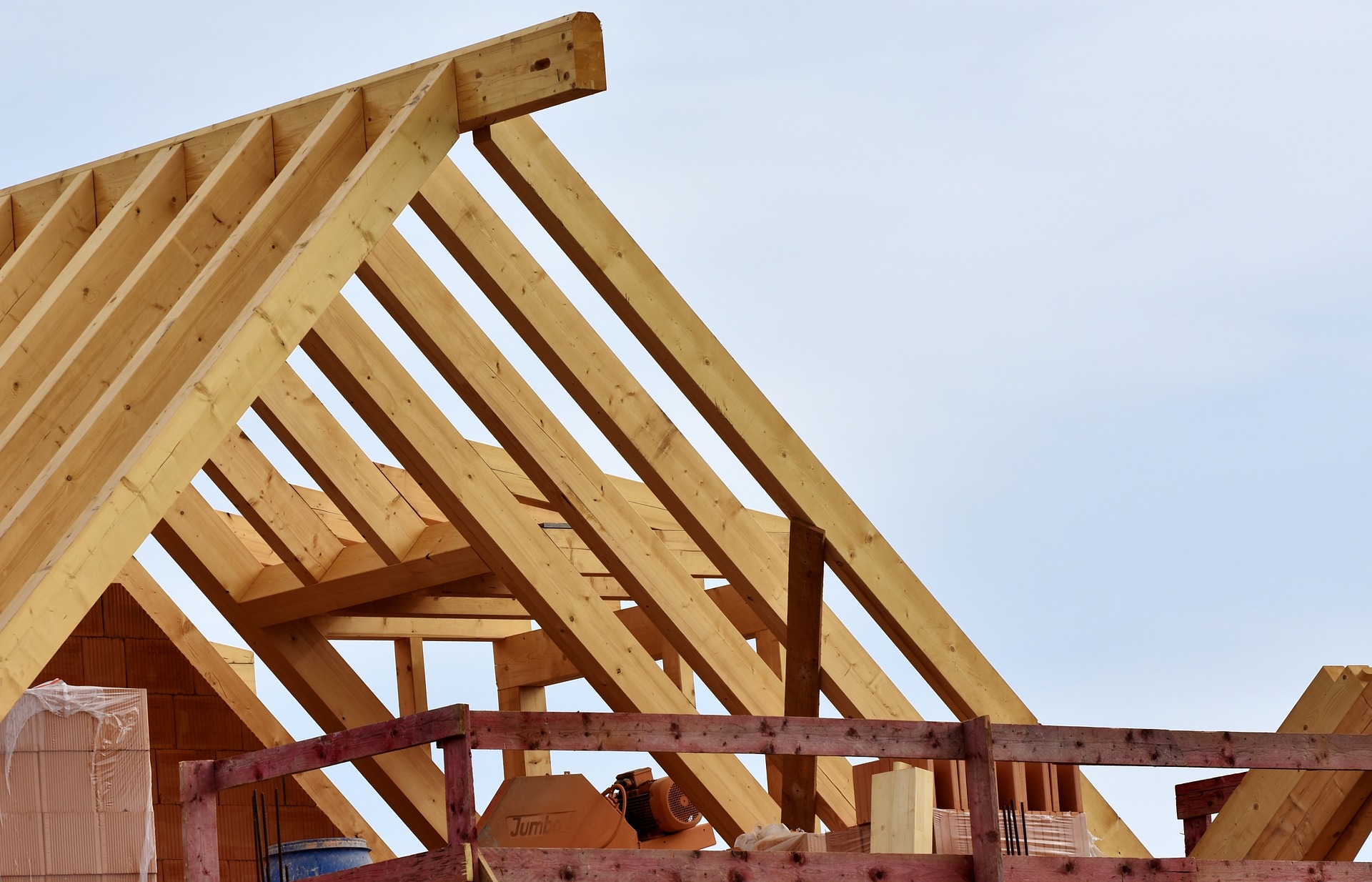October’s home sales and construction data largely missed estimates and continued a downward trajectory from peaks reached earlier in the year. This is partly due to supply chain issues creating significant backlogs, hampering the industry’s ability to build as quickly as they’d like to. Despite that, a look at the bigger picture shows these latest readings are still broadly positive, remaining close to (or above) pre-pandemic levels.
Even if the largest wave of the pandemic-era housing boom has passed, prices continue to rise and homebuilders can still ease into a more normalized, sustainable pattern of growth heading into 2022.
Related ETF: iShares U.S. Home Construction ETF (ITB)
At first glance, October’s housing data sent mixed signals for the homebuilder industry.
Though builder confidence shows broad optimism, rising 3 points to 83 on the National Association of Home Builders (NAHB)/Wells Fargo Housing Market Index (HMI), a 6-month high, residential starts fell 0.7% MoM in October to a 1.52 million annualized rate after a downwardly revised 1.53 million pace in September. That was below the median estimate in a Bloomberg survey that called for 1.58 million starts. Starts have been trending downward for several months now, declining from a 1.73 million peak in March, which marked more than a 14 year high.
The latest decline in starts was led by the single-family segment, where starts fell 3.9% to an annualized pace of just 1.04 million units, the weakest since August 2020. All four measured US regions saw a decline.
Ongoing labor shortages and high materials costs, along with a tightening supply of available land to build, continues to drive down affordability. “Lot availability is at multi-decade lows and the construction industry currently has more than 330,000 open positions,” said NAHB Chief Economist Robert Dietz earlier this month.
Compounding that pressure is the Biden administration’s plan to double the average tariff on Canadian softwood lumber to 17.9% from 8.99%. Earlier this year, lumber futures crashed nearly 75% from an all-time high above $1700 per thousand board feet, down to around $450. That relief (which had no material effect on home prices) would only be short-lived, however, as lumber futures have shot back to $800 – higher than any price prior to the COVID-19 pandemic.
The Wall Street Journal notes that Canadian timber supplies as much as 26% of US demand for wood, which is why higher tariffs could play a significant role in bumping up prices in the months ahead. That kind of reliance on foreign softwoods in the American housing industry is also why the administration wants to bolster domestic lumber output and cut imports over the long term.
Despite those factors, permits for future homebuilding continued to increase by 4.0% in October to a rate of 1.650 million units – the highest level since May. The problem is, those permits are backing up against the supply-chain issues in homebuilding, now feeding into the largest backlog since 2006. As Bloomberg reports, single-family homes authorized for construction but not yet started climbed to 152,000 in October. The number of homes under construction but not yet completed rose to 1.45 million, the highest since 1974.
Though we only have data on the S&P CoreLogic Case-Shiller 20-city home price index through September…
To read the complete Market Insight, current clients SIGN IN HERE For a free trial, or to subscribe and become an MRP client today, START A FREE TRIAL Once you’re logged in, you’ll also gain access to:










